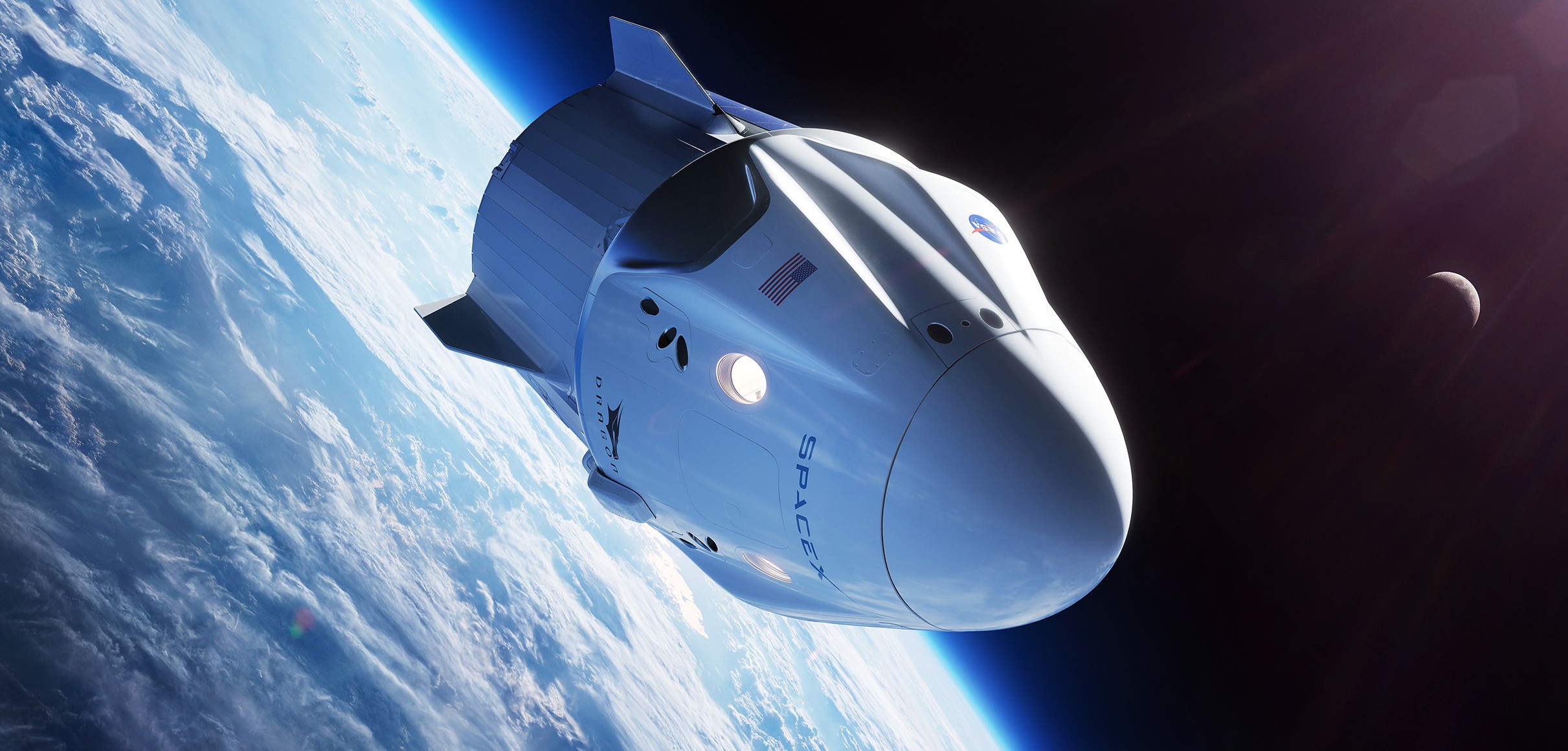

News
SpaceX looks to launch space tourists to record heights
SpaceX has signed an agreement with a space tourism company that could see its Crew Dragon spacecraft take space tourists to heights unmatched by astronauts in half a century.
On Tuesday, February 18th, Space Adventures announced the agreement, revealing that it is now officially looking for wealthy private customers interested in launching to orbit on a SpaceX rocket and spacecraft. Known as Crew Dragon, that spacecraft is perhaps just two or three months away from SpaceX’s inaugural astronaut launch, in which two NASA astronauts will be sent into orbit to rendezvous and dock with the International Space Station (ISS) before returning to Earth after several weeks or months in space.
Founded in 1998, while Space Adventures has a slightly checkered past and has been more or less inactive for more than a decade, the company did manage to arrange eight separate spaceflights for seven private customers between 2001 and 2009. All flights previously arranged were done so through Russian space agency Roscosmos with Soyuz rockets and spacecraft and involved approximately week-long visits to the International Space Station (ISS), where the private astronauts – all multimillionaires and billionaires – mainly observed routine ISS operations and assisted with science experiments. With SpaceX’s Falcon 9 and Crew Dragon, Space Adventures hopes to soon offer orbital tourists an option that keeps all operations in the United States.
As noted, it must be stated that the February 18th agreement doesn’t actually mean that private customers will definitively launch into orbit in SpaceX’s Crew Dragon spacecraft. Instead, it serves as a semi-contractual confirmation that the spaceflight company is officially willing and ready to support such a mission in the event that Space Adventures is able to secure enough customers to purchase the necessary launch services. While not out of the question, that will be no easy feat.
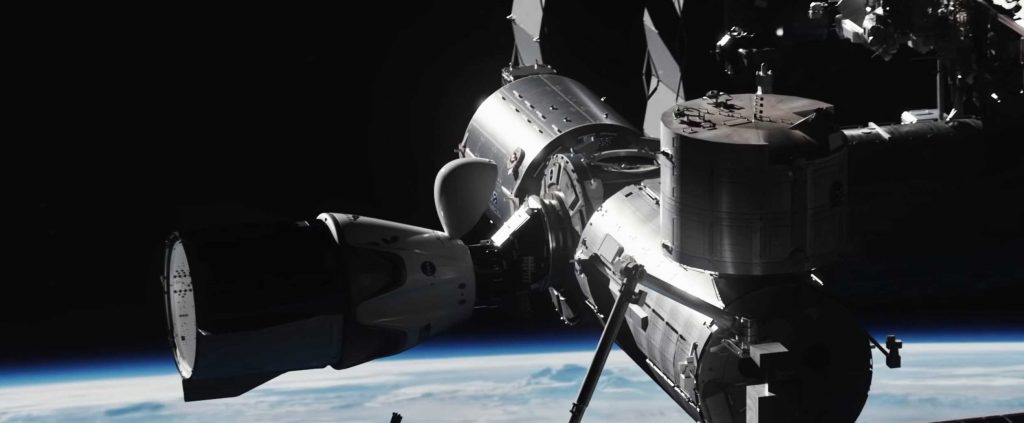
Thankfully, several aspects of this new agreement should work in SpaceX and Space Adventures’ favor. As a unique ‘free-flying’ mission, Crew Dragon and its space tourists would not actually rendezvous with the ISS – instead serving as its own miniature outpost in Low Earth Orbit (LEO) for several days. Relative to SA’s past tourist flights to the ISS, this will save a large portion of the time and cost associated with both training civilians for spaceflight and ISS operations and working with NASA and Roscosmos to arrange the complex mission.
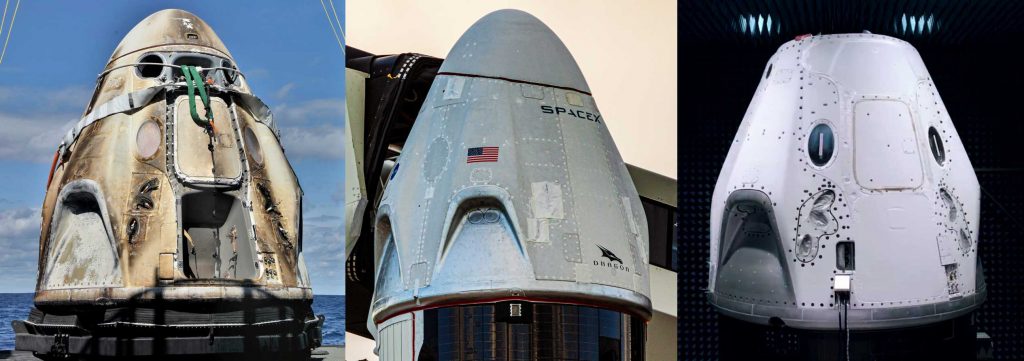
Aside from simplifying the training and bureaucracy involved in orbital tourism, the fact that Space Adventures’ newest proposal will have no affiliation or involvement with NASA or Roscosmos also means that there’s nothing preventing SpaceX from using a flight-proven Falcon 9 booster and Crew Dragon capsule on its space tourist launch. By combining flight-proven hardware with a space station-free mission profile, SpaceX could theoretically cut the overall flight’s cost by tens or even hundreds of millions of dollars.
According to public analyses performed over the last few years by auditors and researchers, SpaceX Crew Dragon launches will likely cost NASA around $400 million each, while a comparable Boeing Starliner mission will cost the space agency at least $650 million. The SpaceX figure is, however, predicated upon the production of a brand new Falcon 9 rocket and Crew Dragon spacecraft for each launch and includes costs associated with any processing or operations involving NASA teams and facilities.
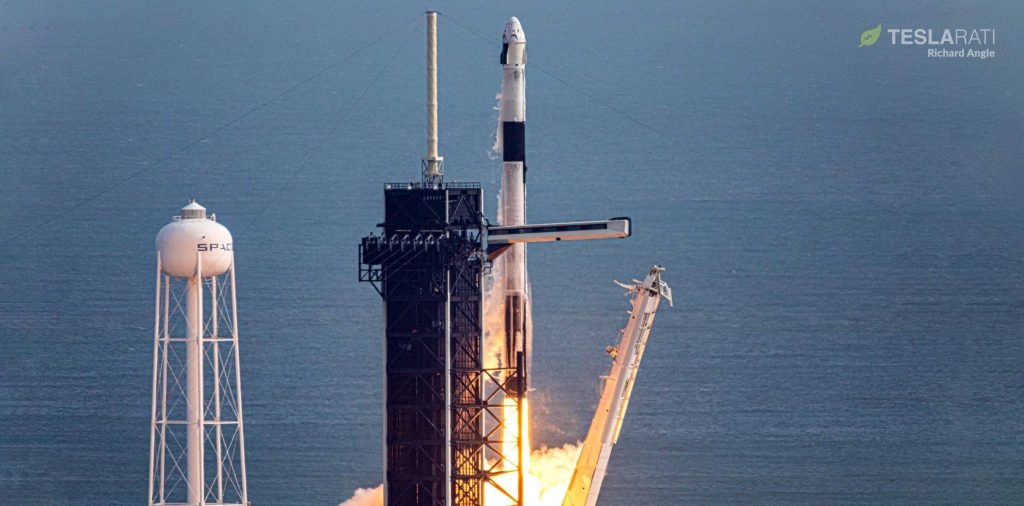
As noted above, the use of a thoroughly flight-proven Falcon 9 booster and Crew Dragon capsule could dramatically cut the cost of private astronaut launches relative to the NASA baseline. It’s conceivable that – having effectively amortized the cost of the spacecraft and booster with a NASA astronaut launch – such a private mission’s price could be little more than the cost of building a new Falcon upper stage and Crew Dragon trunk, as well as booster/capsule refurbishment and general operations. Conservatively, the ultimate price SpaceX offers or offered Space Adventures could thus be as low as $100-200 million per launch.
Space Adventures says it could support as many as four space tourists on one flight, translating to a cost of $25-50 million per person if all seats are filled. This would compare reasonably well with the $20-50 million it typically charged its seven orbital tourism customers. That is still a vast sum of money and cuts the pool of potential customers to perhaps a few tens of thousands of people worldwide. Nevertheless, Google co-founder Sergey Brin (and possibly others) is on a sort of waiting list (requiring a $5 million deposit) for future orbital Space Adventures flights, giving the company at least one strong prospective customer.
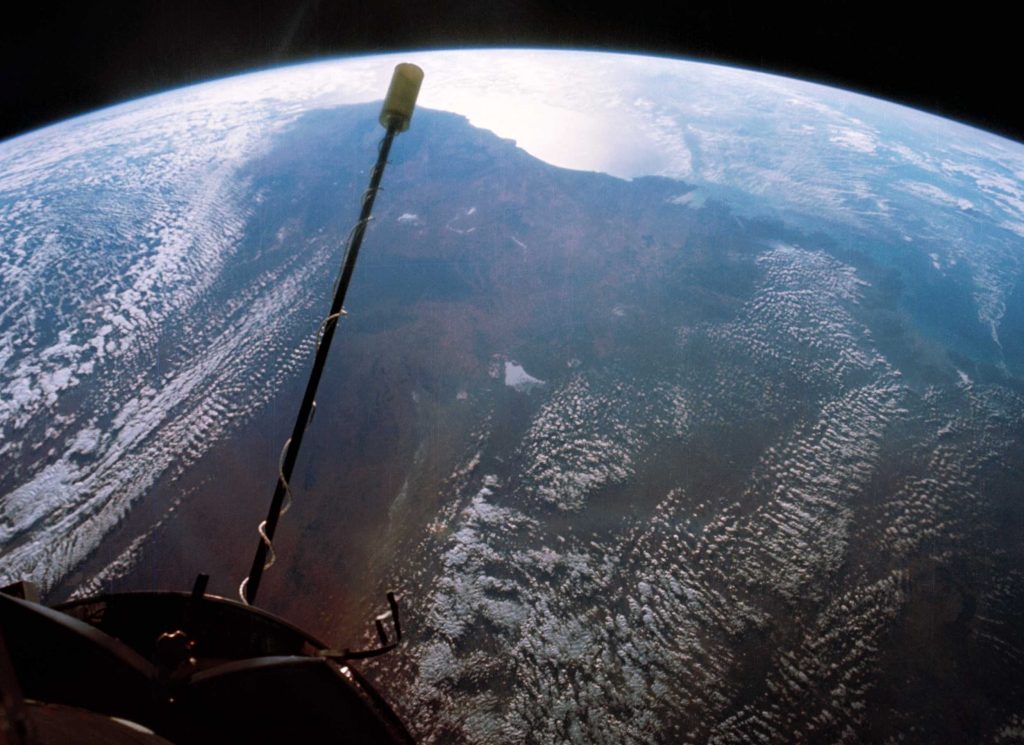
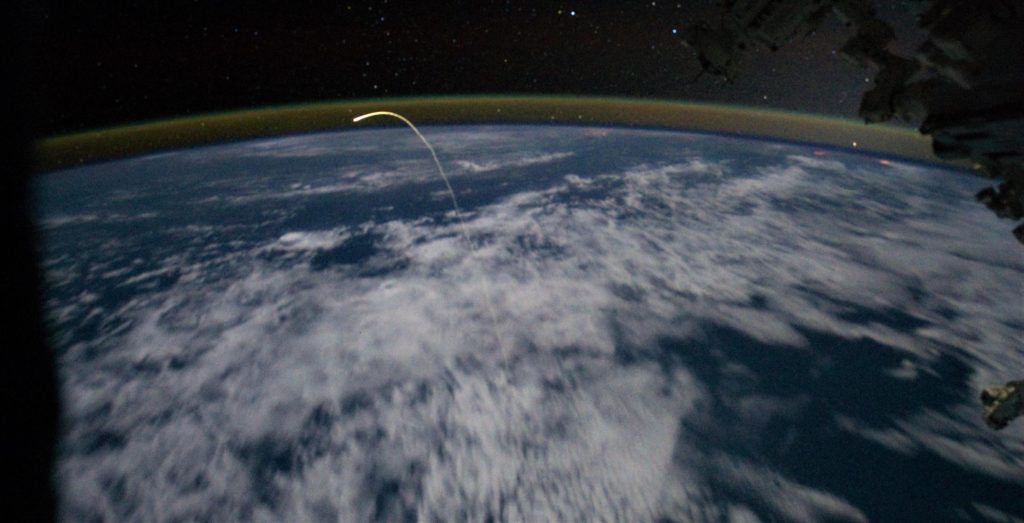
Thanks to skipping a space station rendezvous, perhaps the single biggest selling point of the mission is that Falcon 9 and Crew Dragon could potentially send space tourists higher than ever before – to an altitude only certain NASA Apollo and Gemini astronauts can claim to have surpassed. Space Adventures specifically notes this on its website, stating that prospective space tourists could reach an altitude that only Gemini 11 astronauts have surpassed while remaining in Earth orbit.
Gemini 11 astronauts reached an of apogee around 850 miles (1350 km) while still in Earth orbit – a record that stands today. Neither Space Adventures or SpaceX have specifically stated how high an unmodified Falcon 9 and Crew Dragon to launch private astronauts, but the implication is that the view would be comparable to – or even better than – what the Gemini 11 crew saw back in 1966. Regardless, it’s safe to say that if SpaceX and Space Adventures’ new space tourism effort is greeted with healthy demand, we’ll be shortly entering a new era of private spaceflight. Crew Dragon’s first private astronaut mission is tentatively scheduled to launch as early as late-2021 or early-2022.
Check out Teslarati’s Marketplace! We offer Tesla accessories, including for the Tesla Cybertruck and Tesla Model 3.
News
Tesla begins Robotaxi certification push in Arizona: report
Tesla seems serious about expanding its Robotaxi service to several states in the coming months.

Tesla has initiated discussions with Arizona transportation regulators to certify its driverless Robotaxi service in the state, as per a recent report from Bloomberg News. The move follows Tesla’s launch of its Robotaxi pilot program in Austin, Texas, as well as CEO Elon Musk’s recent comments about the service’s expansion in the Bay Area.
The Arizona Department of Transportation confirmed to Bloomberg that Tesla has reached out to begin the certification process for autonomous ride-sharing operations in the state. While details remain limited, the outreach suggests that Tesla is serious about expanding its driverless Robotaxi service to several territories in the coming months.
The Arizona development comes as Tesla prepares to expand its service area in Austin this weekend, as per CEO Elon Musk in a post on X. Musk also stated that Tesla is targeting the San Francisco Bay Area as its next major market, with a potential launch “in a month or two,” pending regulatory approvals.
Tesla first launched its autonomous ride-hailing program on June 22 in Austin with a small fleet of Model Y vehicles, accompanied by a Tesla employee in the passenger seat to monitor safety. While still classified as a test, Musk has said the program will expand to about 1,000 vehicles in the coming months. Tesla will later upgrade its Robotaxi fleet with the Cyercab, a two-seater that is designed without a steering wheel.
Sightings of Cybercab castings around the Giga Texas complex suggests that Tesla may be ramping the initial trial production of the self-driving two-seater. Tesla, for its part, has noted in the past that volume production of the Cybercab is expected to start sometime next year.
In California, Tesla has already applied for a transportation charter-party carrier permit from the state’s Public Utilities Commission. The company is reportedly taking a phased approach to operating in California, with the Robotaxi service starting with pre-arranged rides for employees in vehicles with safety drivers.
News
Tesla sets November 6 date for 2025 Annual Shareholder Meeting
The automaker announced the date on Thursday in a Form 8-K.

Tesla has scheduled its 2025 annual shareholder meeting for November 6, addressing investor concerns that the company was nearing a legal deadline to hold the event.
The automaker announced the date on Thursday in a Form 8-K submitted to the United States Securities and Exchange Commission (SEC). The company also listed a new proposal submission deadline of July 31 for items to be included in the proxy statement.
Tesla’s announcement followed calls from a group of 27 shareholders, including the leaders of large public pension funds, which urged Tesla’s board to formally set the meeting date, as noted in a report from The Wall Street Journal.
The group noted that under Texas law, where Tesla is now incorporated, companies must hold annual meetings within 13 months of the last one if requested by shareholders. Tesla’s previous annual shareholder meeting was held on June 13, 2024, which placed the July 13 deadline in focus.
Tesla originally stated in its 2024 annual report that it would file its proxy statement by the end of April. However, an amended filing on April 30 indicated that the Board of Directors had not yet finalized a meeting date, at least at the time.
The April filing also confirmed that Tesla’s board had formed a special committee to evaluate certain matters related to CEO Elon Musk’s compensation plan. Musk’s CEO performance award remains at the center of a lengthy legal dispute in Delaware, Tesla’s former state of incorporation.
Due to the aftermath of Musk’s legal dispute about his compensation plan in Delaware, he has not been paid for his work at Tesla for several years. Musk, for his part, has noted that he is more concerned about his voting stake in Tesla than his actual salary.
At last year’s annual meeting, TSLA shareholders voted to reapprove Elon Musk’s compensation plan and ratified Tesla’s decision to relocate its legal domicile from Delaware to Texas.
Elon Musk
Grok coming to Tesla vehicles next week “at the latest:” Elon Musk
Grok’s rollout to Tesla vehicles is expected to begin next week at the latest.

Elon Musk announced on Thursday that Grok, the large language model developed by his startup xAI, will soon be available in Tesla vehicles. Grok’s rollout to Tesla vehicles is expected to begin next week at the latest, further deepening the ties between the two Elon Musk-led companies.
Tesla–xAI synergy
Musk confirmed the news on X shortly after livestreaming the release of Grok 4, xAI’s latest large language model. “Grok is coming to Tesla vehicles very soon. Next week at the latest,” Musk wrote in a post on social media platform X.
During the livestream, Musk and several members of the xAI team highlighted several upgrades to Grok 4’s voice capabilities and performance metrics, positioning the LLM as competitive with top-tier models from OpenAI and Google.
The in-vehicle integration of Grok marks a new chapter in Tesla’s AI development. While Tesla has long relied on in-house systems for autonomous driving and energy optimization, Grok’s integration would introduce conversational AI directly into its vehicles’ user experience. This integration could potentially improve customer interaction inside Tesla vehicles.
xAI and Tesla’s collaborative footprint
Grok’s upcoming rollout to Tesla vehicles adds to a growing business relationship between Tesla and xAI. Earlier this year, Tesla disclosed that it generated $198.3 million in revenue from commercial, consulting, and support agreements with xAI, as noted in a report from Bloomberg News. A large portion of that amount, however, came from the sale of Megapack energy storage systems to the artificial intelligence startup.
In July 2023, Musk polled X users about whether Tesla should invest $5 billion in xAI. While no formal investment has been made so far, 68% of poll participants voted yes, and Musk has since stated that the idea would be discussed with Tesla’s board.
-

 Elon Musk1 week ago
Elon Musk1 week agoTesla investors will be shocked by Jim Cramer’s latest assessment
-

 Elon Musk18 hours ago
Elon Musk18 hours agoxAI launches Grok 4 with new $300/month SuperGrok Heavy subscription
-

 Elon Musk3 days ago
Elon Musk3 days agoElon Musk confirms Grok 4 launch on July 9 with livestream event
-

 News7 days ago
News7 days agoTesla Model 3 ranks as the safest new car in Europe for 2025, per Euro NCAP tests
-

 Elon Musk2 weeks ago
Elon Musk2 weeks agoA Tesla just delivered itself to a customer autonomously, Elon Musk confirms
-

 Elon Musk1 week ago
Elon Musk1 week agoxAI’s Memphis data center receives air permit despite community criticism
-

 Elon Musk2 weeks ago
Elon Musk2 weeks agoTesla’s Omead Afshar, known as Elon Musk’s right-hand man, leaves company: reports
-

 News2 weeks ago
News2 weeks agoXiaomi CEO congratulates Tesla on first FSD delivery: “We have to continue learning!”

















